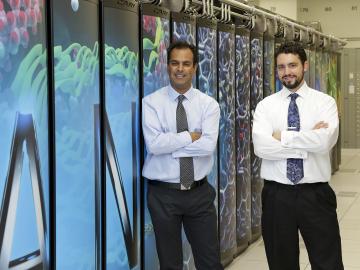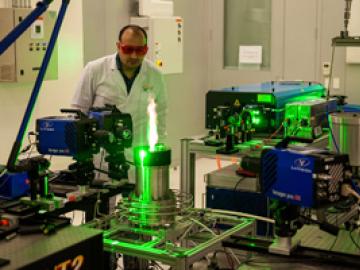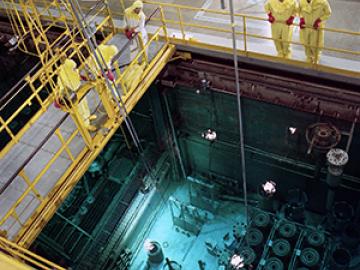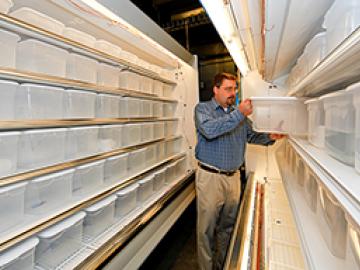
Debjani Singh: Channeling a river of data for clean energy, sustainability








A new concept in metallic alloy design – called “high-entropy alloys” - has yielded a multiple-element material that not only tests out as one of the toughest on record, but, unlike most materials, the toughness as well as the strength and ductility


Surgeons treating the millions of people who suffer from a variety of eye conditions, including recurrent corneal erosions, have a new instrument its developers believe will result in better outcomes. Plexitome is a corneal instrument that acts as thousands of microscopic needles to imprint the pa...

